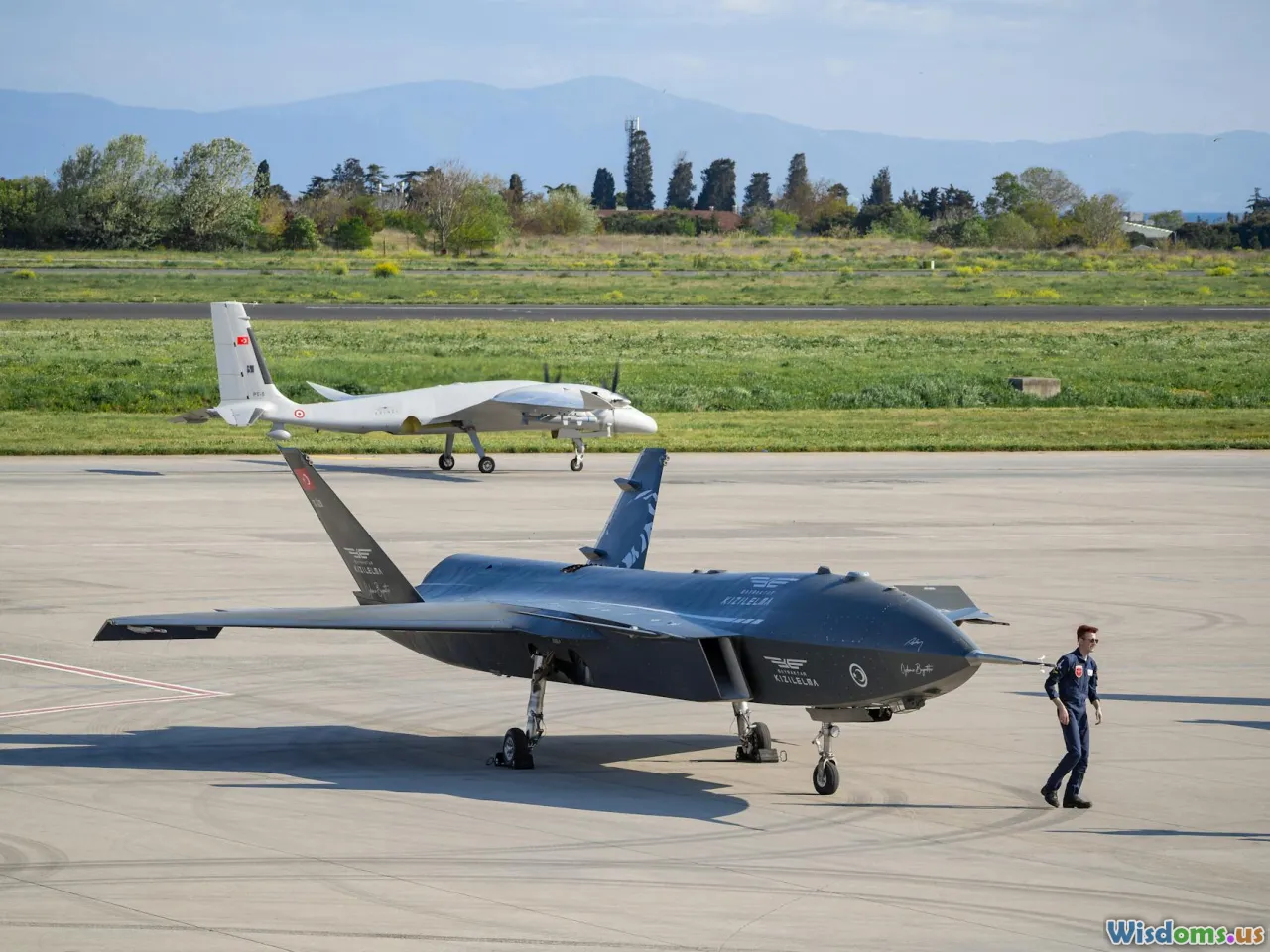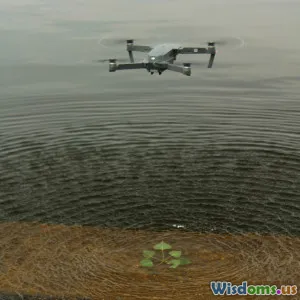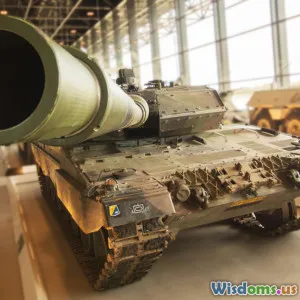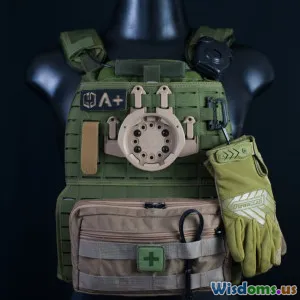
Military Drones: A Game Changer
6 min read Explore how military drones are transforming modern warfare and shaping future military strategies. (0 Reviews)
Military Drones: A Game Changer
Introduction
In recent years, military drones have emerged as a pivotal element in modern warfare, reshaping strategies and operational tactics across the globe. These unmanned aerial vehicles (UAVs) offer a unique blend of capabilities that enhance surveillance, reconnaissance, and combat missions, making them an essential asset for armed forces. This article delves into how military drones are transforming warfare, their advantages, implications for future conflicts, and the ethical considerations they raise.
The Rise of Military Drones
The concept of UAVs dates back to World War I, but it wasn't until the late 20th century that technological advancements made them a viable option for military applications. The U.S. military's use of drones in the War on Terror, particularly in Afghanistan and Iraq, showcased their potential for targeted strikes and intelligence gathering. Today, countries worldwide are investing heavily in drone technology, recognizing its strategic advantages.
Advantages of Military Drones
1. Enhanced Surveillance and Intelligence
Drones are equipped with advanced sensors and cameras, enabling real-time intelligence collection and surveillance over vast areas without putting personnel at risk. For instance, the MQ-9 Reaper drone can remain airborne for over 27 hours, providing continuous monitoring of enemy movements and activities.
2. Precision Strikes
One of the most significant advantages of military drones is their ability to execute precision strikes with minimal collateral damage. Drones can deliver munitions with pinpoint accuracy, significantly reducing the risk to civilians and friendly forces. Operations in urban environments, where traditional airstrikes might endanger non-combatants, benefit from drone strikes.
3. Cost-Effectiveness
Compared to manned aircraft, drones are significantly less expensive to operate and maintain. The cost of a drone mission can be a fraction of that of a traditional airstrike, making them an attractive option for military budgets. This cost-effectiveness allows for more frequent operations and the ability to sustain prolonged engagements without overstretching resources.
4. Reduced Risk to Personnel
The use of drones minimizes the risk to human life. By allowing military personnel to operate remotely, drones can engage in high-risk missions without exposing pilots to danger. This capability has been particularly valuable in conflict zones with high anti-aircraft threats.
The Future of Military Drones
As drone technology continues to advance, we can expect to see even more innovative applications in military contexts.
1. Autonomous Drones
The future of military drones is leaning towards increased autonomy, with AI and machine learning playing critical roles. Autonomous drones could make decisions in real-time, enhancing responsiveness to evolving battlefield conditions. However, this also raises ethical questions about accountability and decision-making in combat scenarios.
2. Swarm Technology
Swarm technology involves deploying multiple drones that can operate in unison, mimicking the behavior of swarms in nature. This approach can overwhelm enemy defenses, conduct coordinated attacks, and gather intelligence over large areas. Military forces are exploring swarm technology to create more effective and efficient operations.
3. Integration with Other Technologies
Drones will increasingly be integrated with other military technologies, such as satellite systems and ground-based sensors, creating a more comprehensive battlefield awareness network. This integration will enhance decision-making processes and operational effectiveness.
Ethical Considerations
The rise of military drones brings forth a host of ethical challenges. Issues such as the potential for increased civilian casualties, the psychological impact on drone operators, and the implications of autonomous weapon systems must be addressed. Striking a balance between military efficacy and ethical responsibility will be crucial as drone technology evolves.
Conclusion
Military drones have undoubtedly become a game changer in modern warfare, offering unprecedented advantages in surveillance, precision, and cost-effectiveness. As technology advances, these unmanned systems will likely play an even larger role in shaping military strategies and tactics. However, with these advancements come significant ethical considerations that must be carefully navigated to ensure that the use of drones aligns with international laws and humanitarian principles. As we move forward, the challenge will be to harness the potential of military drones while addressing the complex moral implications they present.
Rate the Post
User Reviews
Popular Posts





















